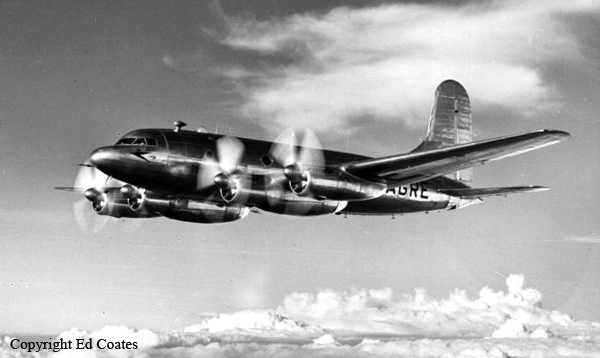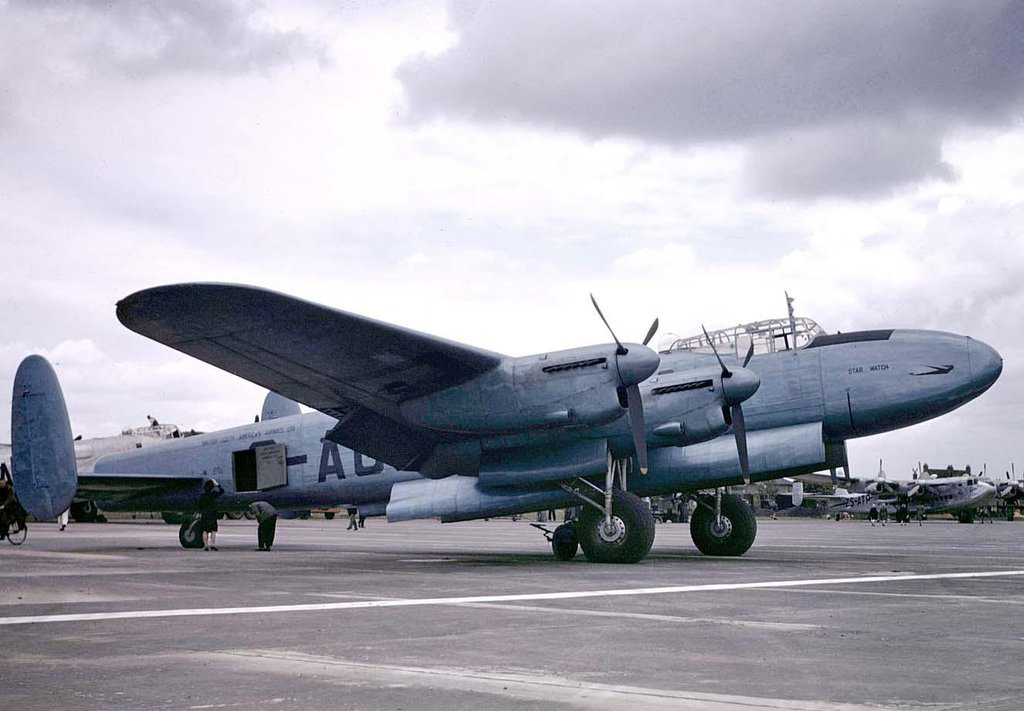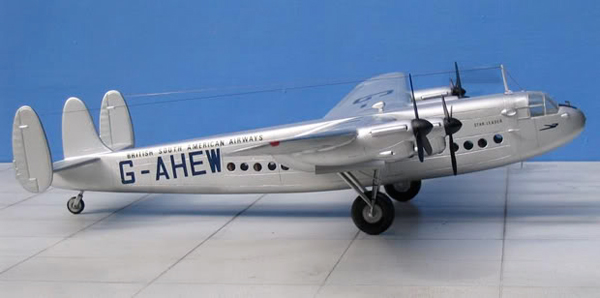Crash of an Avro 19/2 in Luton
Date & Time:
Apr 21, 1949
Registration:
G-AIKM
Survivors:
Yes
MSN:
1364
YOM:
1946
Crew on board:
2
Crew fatalities:
Pax on board:
0
Pax fatalities:
Other fatalities:
Total fatalities:
0
Circumstances:
Shortly after takeoff from Luton, the crew encountered an unknown technical problem and elected to return. The pilot in command realized this would not be possible so he reduced his altitude in an attempt to make an emergency landing. The twin engine aircraft belly landed in a pasture and skidded for several yards before coming to rest with the left engine sheared off. Both crew members were unhurt while the aircraft was damaged beyond repair.








